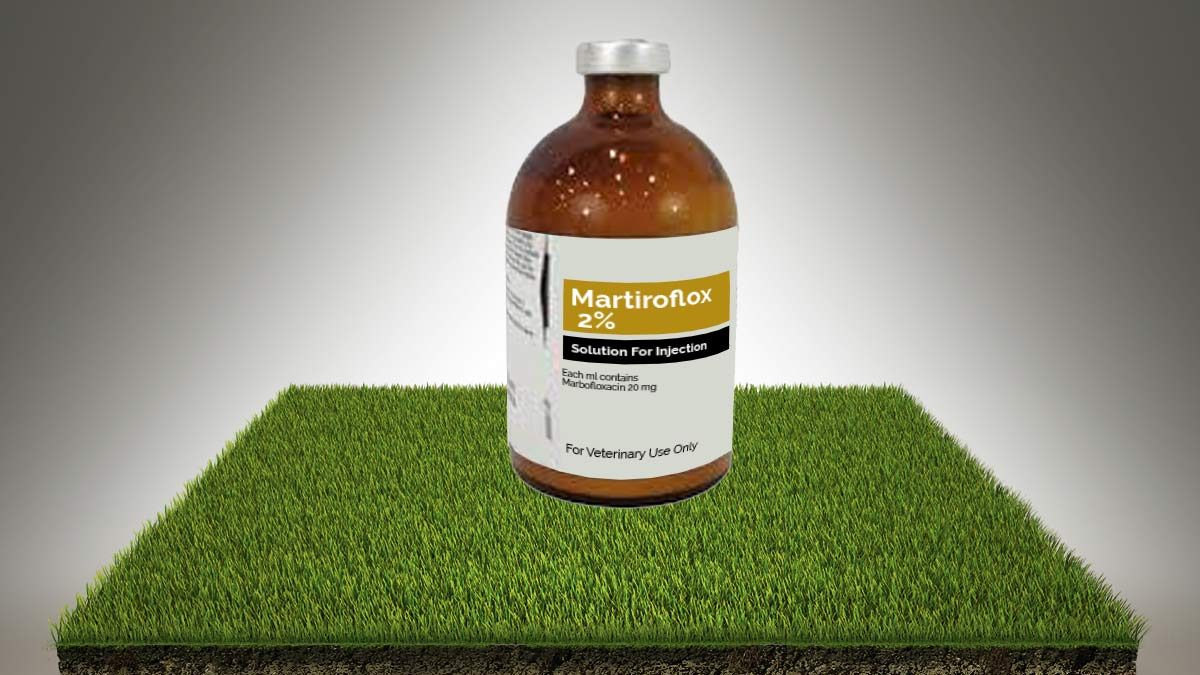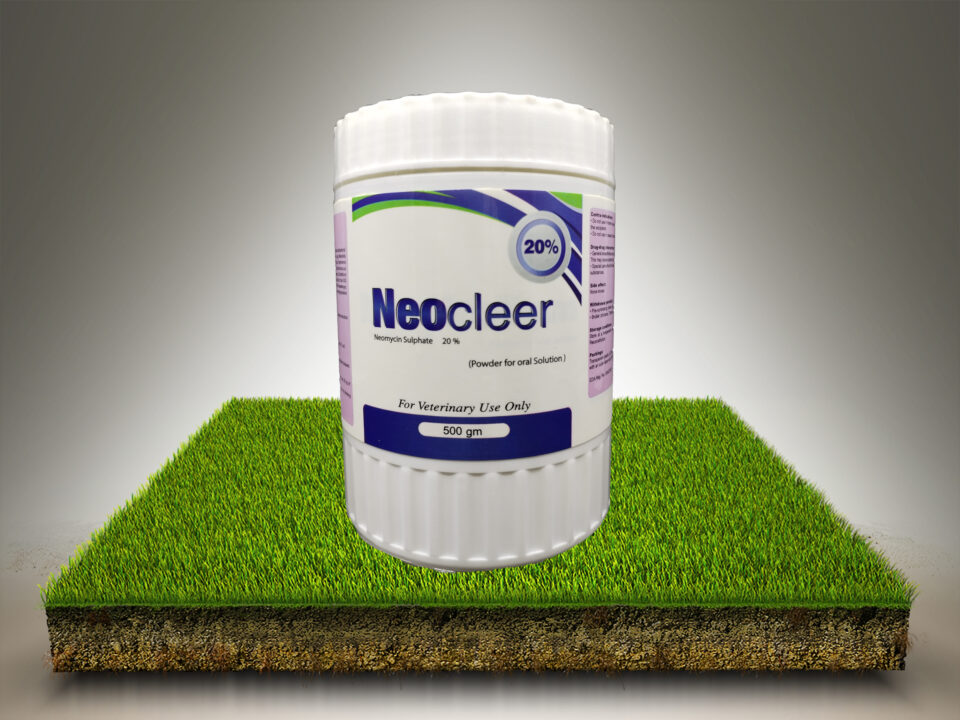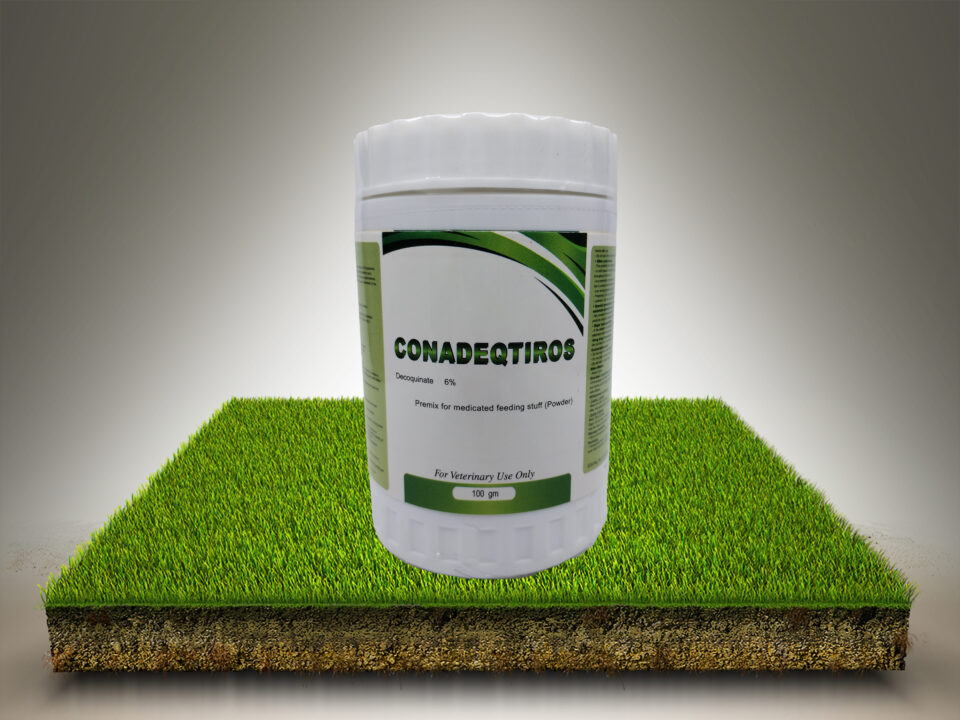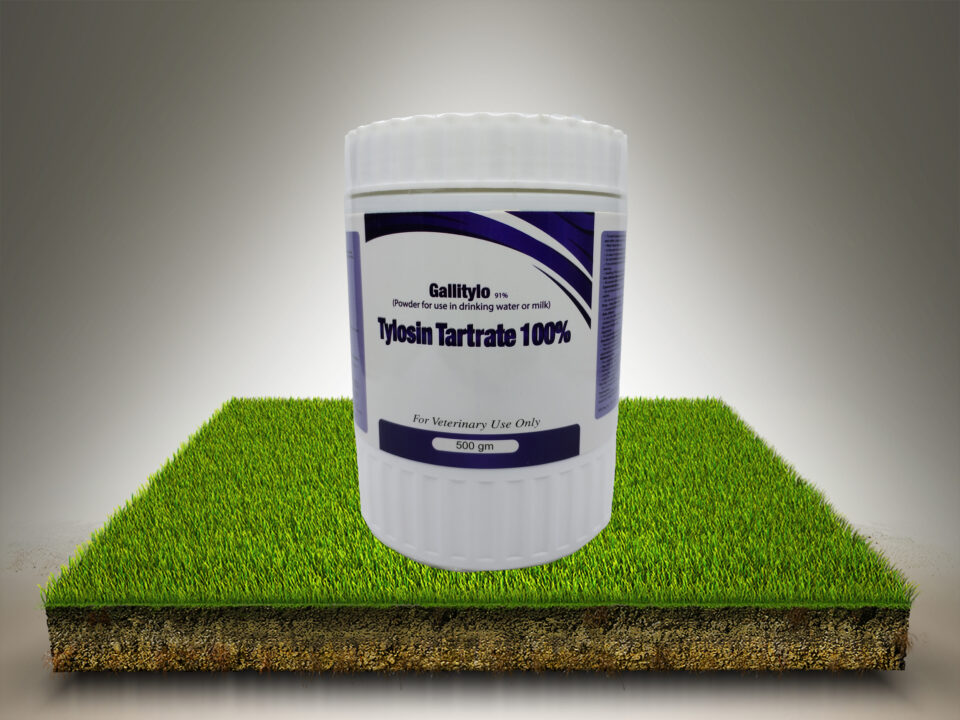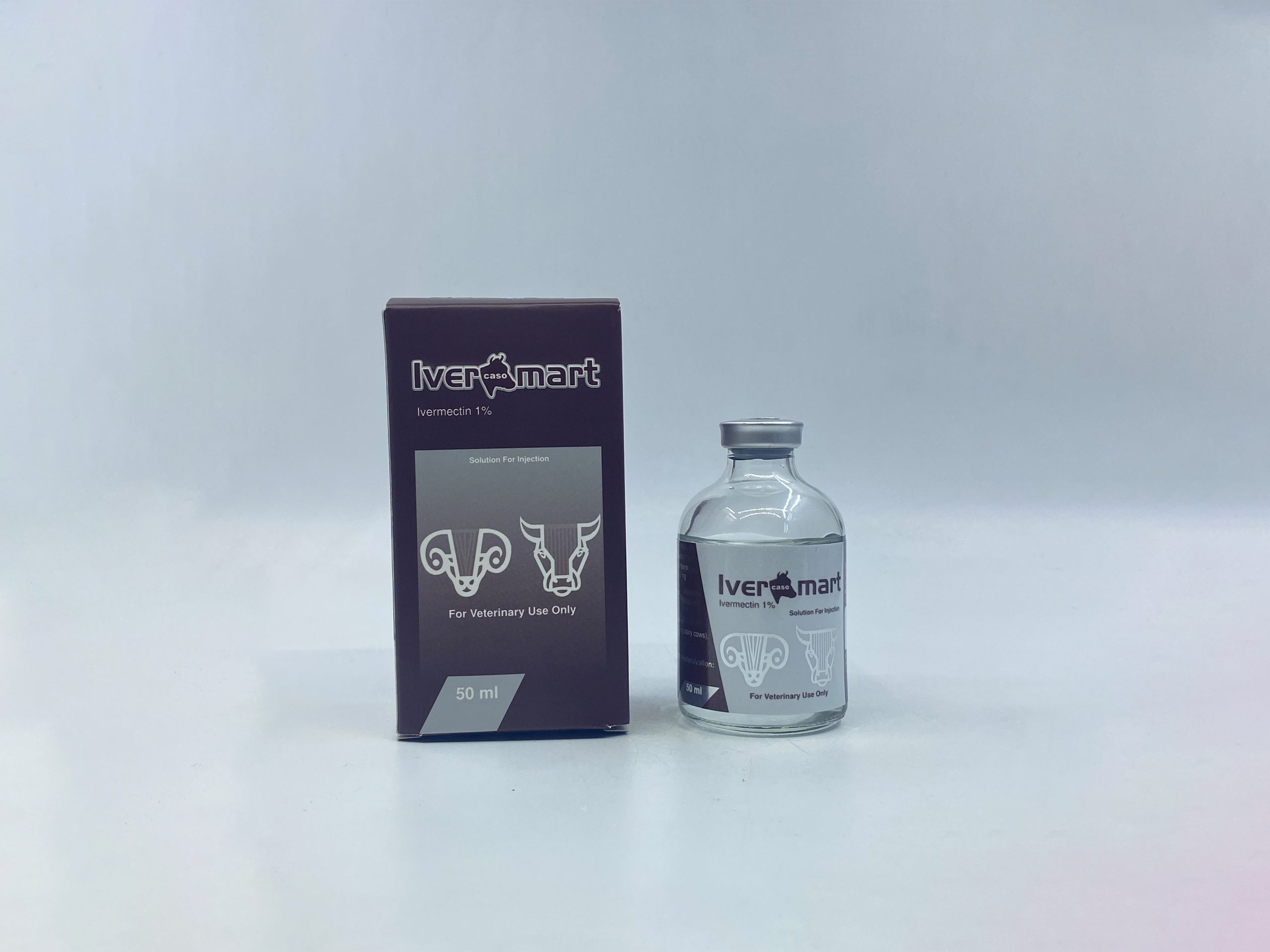
IverCasoMart
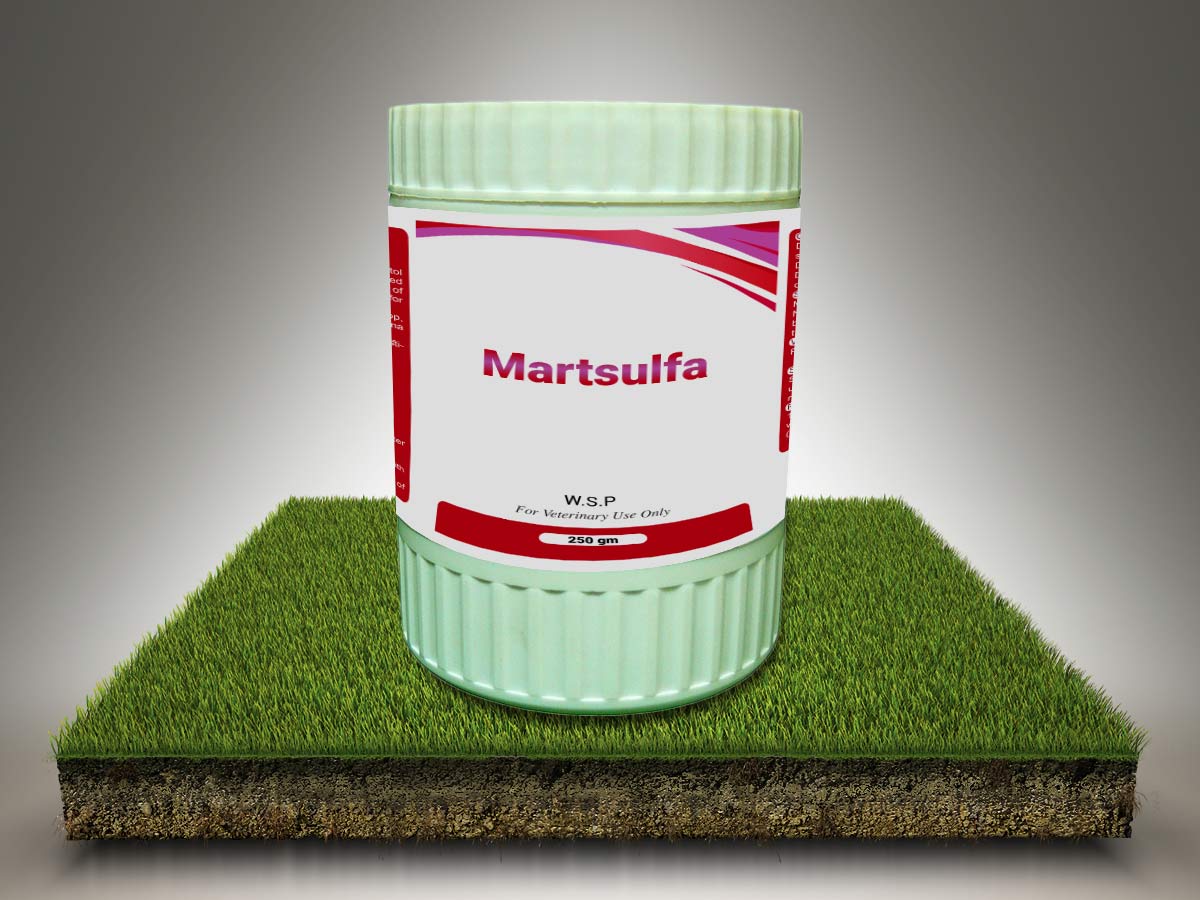
Martsulfa
Solution For Injection
For Veterinary Use Only
Composition :
Each ml contains
Marbofloxacin 20 mg
Properties:
Marbofloxacin is a synthetic, bactericidal antimicrobial belonging to the fluoroquinolone group. It acts by inhibition of DNA gyrase and has a broad-spectrum activity against Gram-positive bacteria (especially Staphylococcus), and Gram-negative bacteria (Escherichia coli, Pasteurella multocida, Mannheimia haemolytica and Actinobacillus pleuropneumoniae, as well as against mycoplasma (Mycoplasma bovis and Mycoplasma hyopneumoniae).
Cases of resistance have been observed in Streptococcus.
Strains with MIC ≤ 1 µg/ml are sensitive to marbofloxacin whereas strains with MIC ≥ 4 µg/ml are resistant to marbofloxacin.
Resistance to fluoroquinolones occurs by chromosomal mutation with three mechanisms: decrease of the bacterial wall permeability, expression of efflux pump or mutation of enzymes responsible for molecule binding.
Indications:
In pre-ruminant and ruminant calves:
treatment of respiratory infections caused by sensitive strains of Pasteurella multocida, Mannheimia haemolytica, and Mycoplasma bovis.
In pigs:
treatment of respiratory infections caused by sensitive strains of Actinobacillus pleuropneumoniae, Mycoplasma hyopneumoniae, and Pasteurella multocida.
Target Species:
Cattle ( Calves ) , Pigs
Route of administration:
Pre-ruminant and ruminant calves: By Intramuscular or subcutaneous injection
Pigs: By Intramuscular injection
Dose for active ingredient:
Pre-ruminant and ruminant calves : 2 mg per kg B.W. per day
Pigs: 2 mg per kg B.W. per day
Dose for whole product:
Pre-ruminant and ruminant calves: 1 ml of product per 10 kg body weight in a single daily injection for 3 to 5 days. The first injection may also be given by the intravenous route.
Pigs : 1 ml of product per 10 kg body weight in a single daily injection for 3 to 5 days.
Warnings and Precautions:
Official and local antimicrobial policies should be taken into account when the product is used.
Fluoroquinolone should be reserved for the treatment of clinical conditions which have responded poorly, or are expected to respond poorly, to other classes of antimicrobials.
Where possible, fluoroquinolones should be used based on susceptibility testing.
Use of the product deviating from instructions given in the SPC may increase the prevalence of bacteria resistant to fluoroquinolones and may decrease the effectiveness of treatment with other quinolones due to the potential for cross resistance.
Contra-indications
- Do not use in case of disturbance in growth of cartilage and/or during injury of locomotion system particularly on functionally loaded joints.
- Do not administer in animals with known hypersensitivity to marbofloxacin or any other quinolone or to any of the excipients.
Side-effects:
Administration by the subcutaneous route may induce a transient oedema. Intramuscular administration may cause pain and inflammatory lesions at the injection site.
The inflammatory lesions persist 6 days in pigs and 12 days in calves.
Withdrawal periods:
Pre-ruminant and ruminant calves: 6 days
Pigs: 4 days
Storage conditions:
Store in dry dark and place at temperature not exceeding to 30 o.
Packaging:
Vial of 50,100 and 250 ml

